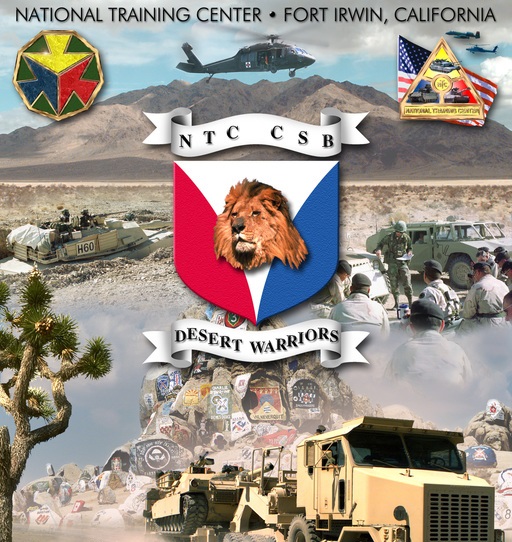One of our Big Six Leadership Principles® is “When in charge, take charge.” How does that apply in day-to-day operations?
It doesn’t mean you always need to be out front barking orders. Being in charge means accepting the responsibility entrusted to you and acting accordingly. In some cases, taking charge means empowering people. In others, it’s developing a stronger listening environment. When in charge, you’re always leading from the decisive point, and establishing the conditions for others to make good decisions.
A healthy culture is one where leaders are constantly curious. They’re asking questions and listening to concerns. They’re paying attention to their surroundings and are willing to change their plans when needed. As we all know, few plans ever survive the first shot or action step. You must demonstrate flexibility when in charge.
Leaders who are in charge are paying attention. They adapt as conditions change. I used to think that once I’d written a plan, I should stick to it regardless of any changing conditions. However, I soon discovered through painful experience that when you do that, you’re probably going to fail. I certainly did more than once.
I remember once as a Squadron Commander at the National Training Center at Fort Irwin, California, I had devised a tactical plan for an attack on the opposing forces we were battling against in the Mojave Desert.

[image source: US National Archives Combined Military Service Digital Photographic Files]
As we got closer to the designated time for the attack, it became clear that the enemy was massing his forces at the exact location we had intended to attack. Unmoved by reality, I was determined to follow my plan, despite the entreaties by my staff to adjust it.
As the battle unfolded, I quickly saw that we were in a fierce battle of attrition, where the defending enemy had a distinct advantage. He could stay in place and defend from prepared positions, but we had to cross the open desert and attack. The fighting raged to a standstill, ending in a draw. We had been lucky to achieve that outcome, given the critical mistake I had made by attacking his strength instead of his weakness.
At the After Action Review following the battle, all of us gathered in a large tent to review the operation. After going through the plan and the execution, there was little doubt we had missed a golden opportunity for success because of my stubborn refusal to adjust the plan. As I stood up in front of the soldiers of the unit, I knew what I had to say.
“Guys,” I told them, “You were exceptional out there in the fight. I let you down because I did not adapt.” There was silence in the tent. They knew I was right: it was on me. But I vowed I would not make that mistake again, and we won every battle that followed.
Taking charge isn’t about poking people in the chest and saying, “Do this, do that.” Instead, try this: “Here’s what we’re facing. What do you all think is the best way to get at this?” And then, once a decision has been reached, saying, “Let’s pull together to make it work.” That’s the kind of calm, deliberate presence and teamwork that taking charge really represents.
Leaders who take charge when in charge delegate authority, but not responsibility. When things go wrong, the leader owns the mistakes. When things go well, the team shares the success and credit.

This blog is based on material from my book “We’re All In.” You can get a copy of the first chapter for free here.
If you’d like a full copy of the entire book, you can get it here.
Enjoy the journey!
Did you find this blog post beneficial? If so, please share it with your audience using one of the choices below. It’ll just take a second, but could improve someone’s work habits for a long time to come.





